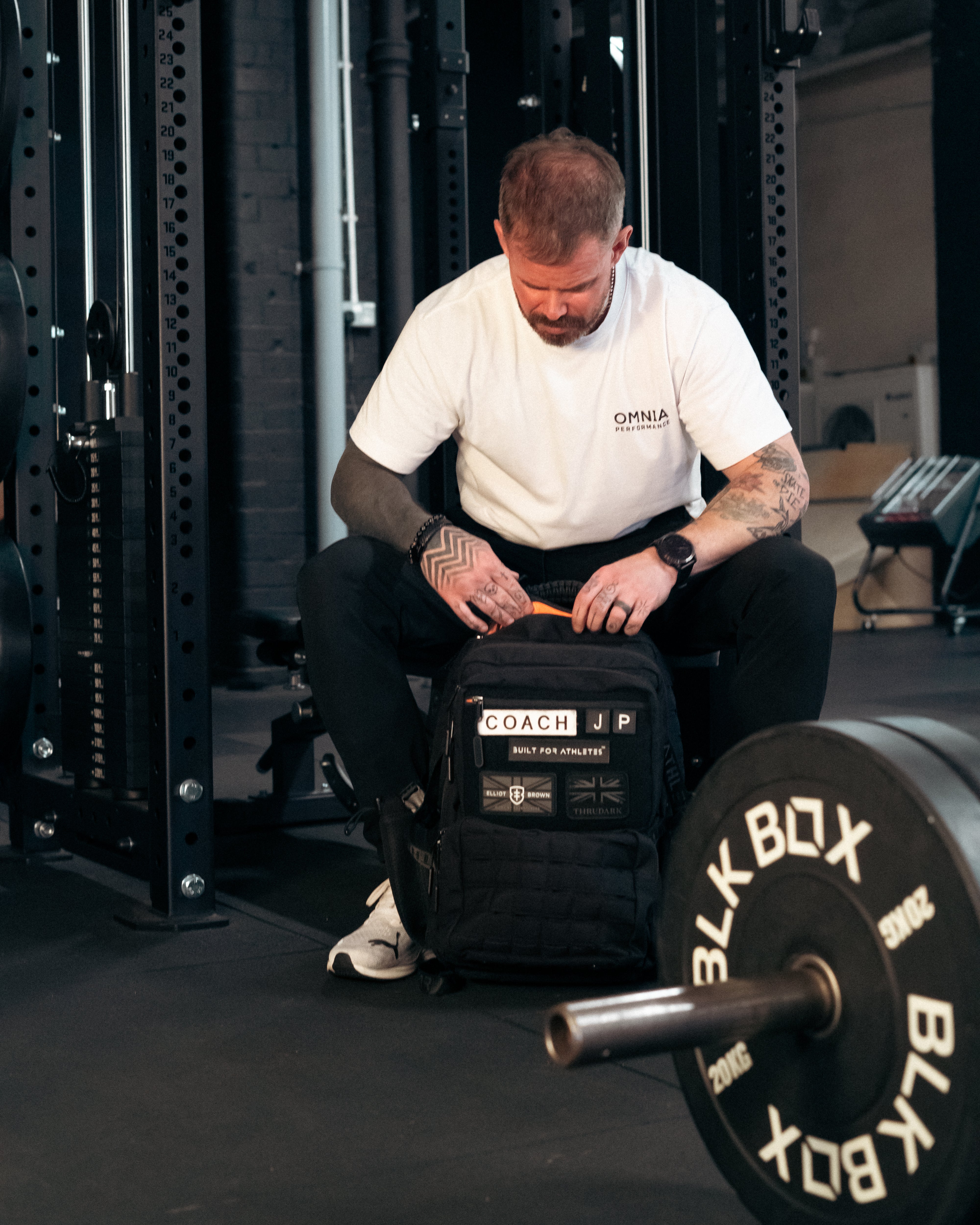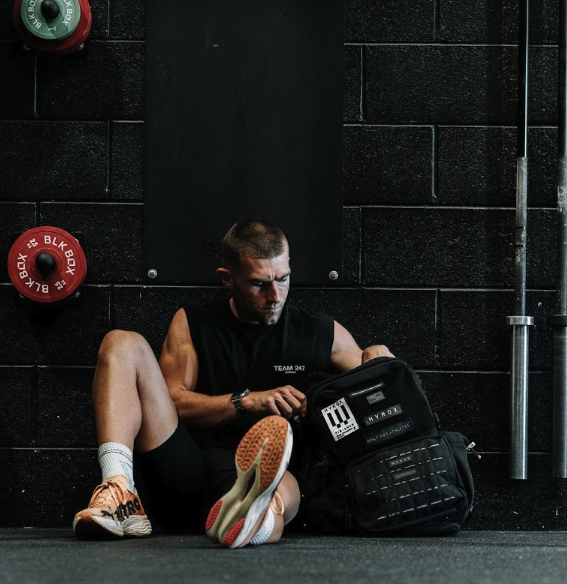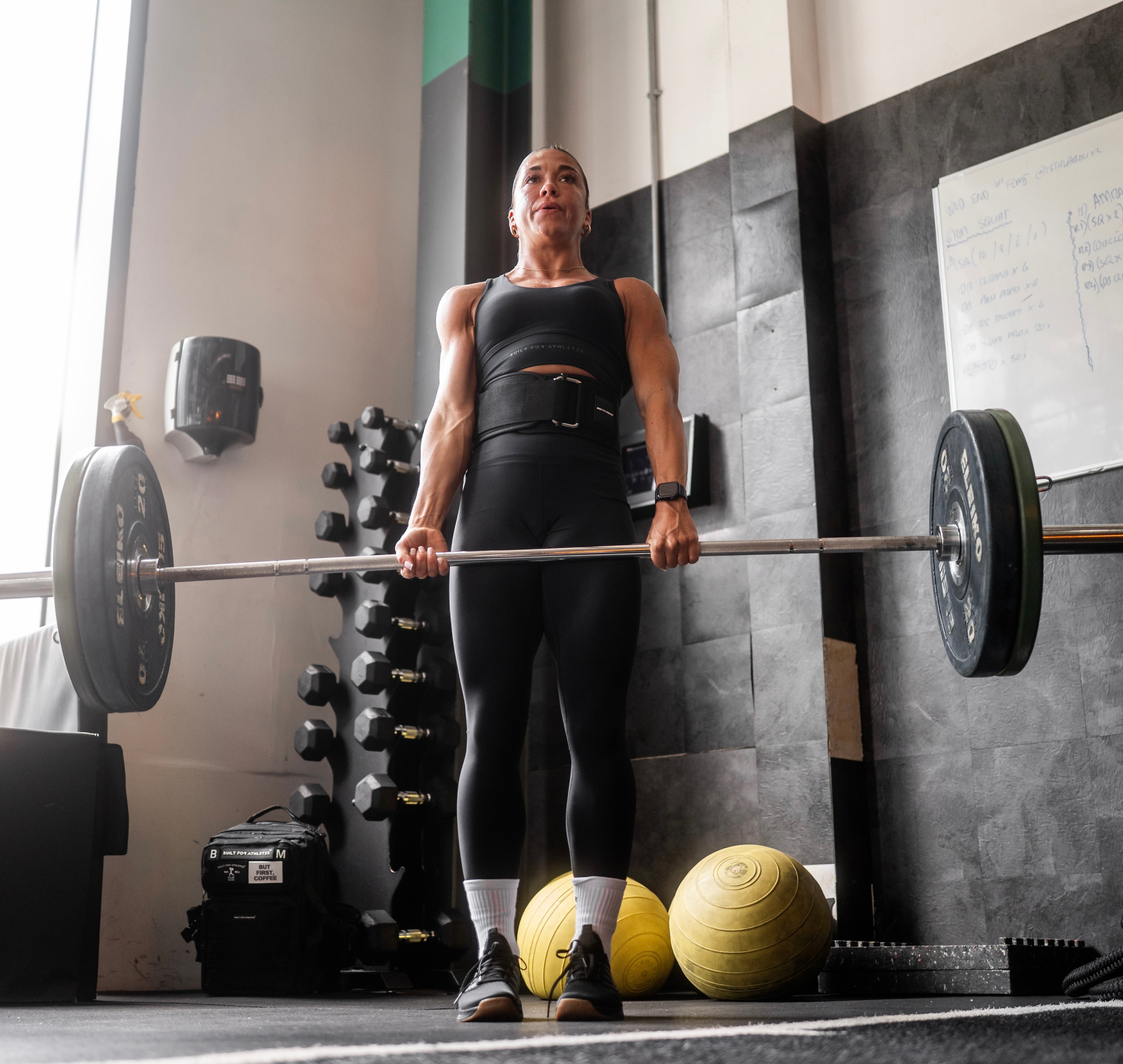Defining “Hybrid” Training
To set the stage, let’s clarify what we mean by “hybrid” training. At its core, hybrid training aims to advance two or more distinct goals simultaneously—such as enhancing strength while preparing for an endurance event. The challenge lies in achieving both without succumbing to issues like the “interference effect” or overtraining injuries. This balance is the ultimate goal (and definition) of hybrid athletics.
Foundational Principles of Hybrid Training
At Omnia Performance, we base our hybrid training methodology on two key principles: Consolidation of Stressors (a concept popularised by Chad Smith) and Pre-Fatigue. These serve as the backbone of our programming approach, used throughout all hybrid programs to drive results (and, admittedly, bring a few tears to the eyes of our athletes).
Consolidating Stressors
Consolidating stressors involves moving beyond the traditional view of “strength” and “endurance” as separate elements, instead treating them as types of training stress. By analysing the specific stressors in various forms of strength and endurance training, we integrate them based on how they relate in terms of stress (and the energy systems they activate). This approach lets us design programs that maximise adaptation, minimise interference, and optimise recovery.
Broadly, we categorise stressors by intensity, skill, and volume, understanding that each falls on a spectrum rather than being entirely distinct. Here’s how we break down strength and endurance components:
Key Components of Strength in Hybrid Training
In strength training, we prioritise the following components, listed from highest to lowest intensity:
- Maximum Force – The ability to exert peak force and move the heaviest loads (approximately 85-100% of max).
- Rate of Force Development (RFD) – How quickly the body can transition from rest to maximum force.
- Hypertrophy – Increasing muscle size, which raises the muscle’s force capacity (using sub-maximal loads, around 45-65% of 1RM).
- Strength Endurance – Sustaining force production over time without significant performance decline (typically using sub-maximal loads; for pre-fatigue purposes, we often use 60% or less of 1RM).
In our view, successful strength programming for hybrid athletes requires incorporating all these aspects. Omitting any one element can hinder positive adaptation and overall performance.
Key Components of Endurance in Hybrid Training
We can similarly rank endurance components from higher intensity to lower:
- Alactic/Power Sessions – High-intensity, short-duration work (sub-60 seconds per set), such as sprints that develop sport-specific power.
- Interval Training (Glycolytic) – Shorter, high-intensity intervals (about 1-3 minutes) to build speed and power.
- Tempo (Sub-Threshold) Work – Moderate intensity, usually at or practicing “race pace,” just below the lactate threshold.
- Aerobic Work – Low-intensity, steady-state training (often at a Zone 2 heart rate) to build aerobic capacity, underpinning other endurance qualities.
Optimising Recovery by Matching Stressors
Each level of intensity requires different recovery considerations. We optimise recovery by selecting complementary strength and endurance exercises and structuring them back-to-back within the same session. For example, pairing heavy back squats (>85% 1RM) with high-intensity bike sprints (<60 seconds) works because the sprint cycling aligns physically with the heavy squats. Conversely, a long, slow cycling session near a heavy squat day would place competing demands on the body and require more recovery time.
Weekly Programming Structure for Hybrid Training
When designing a hybrid program, we consider the qualities we aim to train across a week (a microcycle). This involves consolidating activities into a sequence that allows for optimal recovery and peak gains:
- Start of the Week – High intensity and low volume.
- Mid-Week – Reduced intensity with increased volume.
- End of the Week – Low intensity and high volume.
This structure provides a balanced training approach that enables athletes to train hard, recover efficiently, and make meaningful progress.
By incorporating these methodologies, hybrid training allows athletes to work towards strength and endurance goals simultaneously, avoiding the pitfalls of overtraining while maximising adaptation. At Omnia Performance, we believe this balanced approach enables our athletes to achieve new levels of performance, setting a strong foundation for both strength and endurance success.
Ready to give a week of hybrid training a go? Get a full week of workouts here.

























































Teilen Sie:
#WOTW: Zara Piergianni HYROX Series
Jonny Pain's Week of Hybrid Training